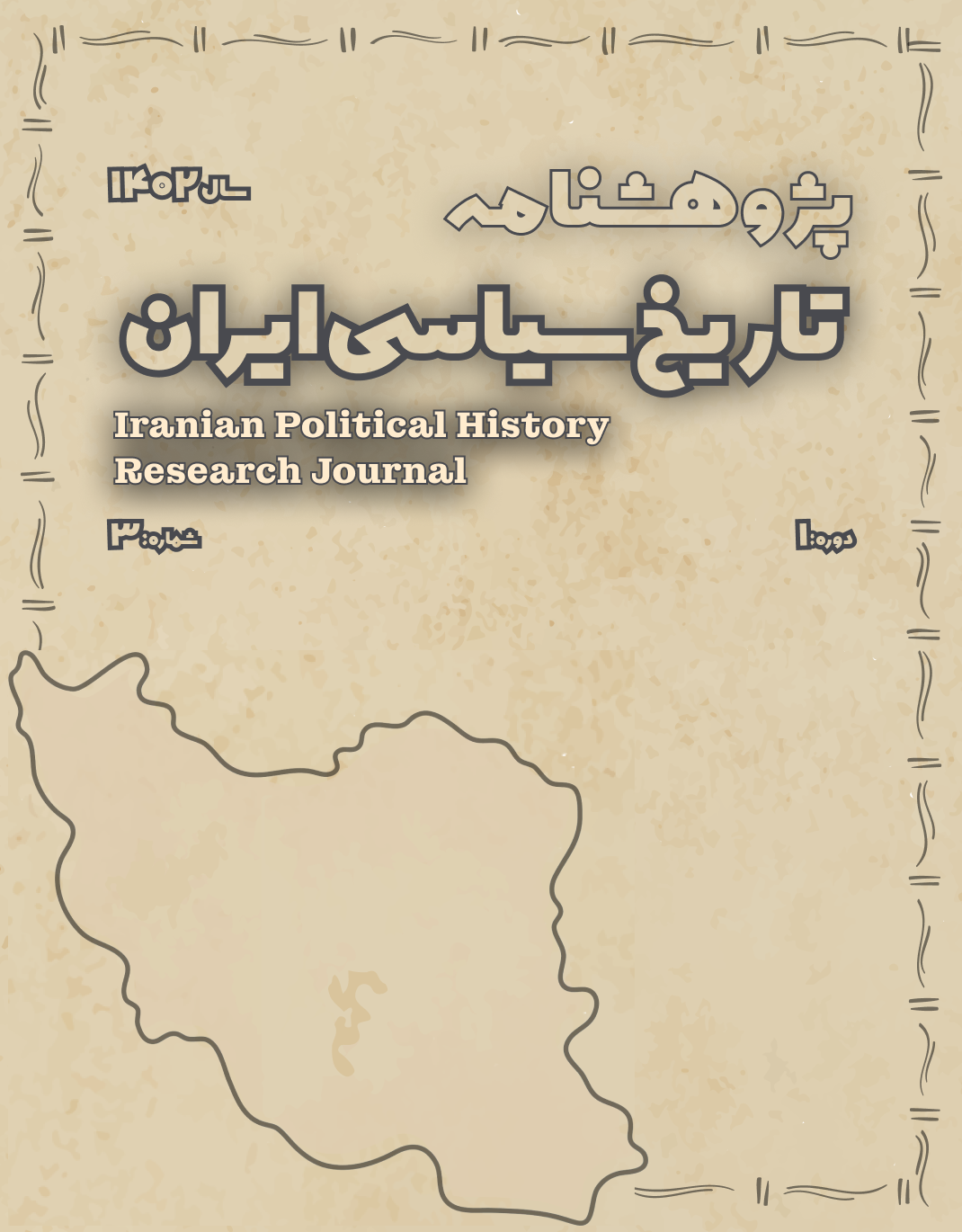The Structure of Governance in the Seljuk Era: The Institution of Vizierate, Atabegs, and Military Emirs
Keywords:
Seljuks, Vizierate, Military Emirs, Governance Structure, Centralization of Power, DecentralizationAbstract
This article analyzes the structure of governance during the Seljuk period, focusing on three key institutions: the vizierate, the atabegs, and the military emirs. The aim of the study is to explain how power was organized in the Seljuk state and to examine the interactions between bureaucratic, military, and local institutions. Through this analysis, it is shown that viziers, especially Nizam al-Mulk, played a central role in stabilizing the administrative order and consolidating central authority, while atabegs and military emirs, as proxy and regional institutions, simultaneously contributed to both cohesion and decentralization. Based on credible historical sources and modern theoretical frameworks, this study investigates the development and decline of these institutions and reveals that succession crises, the weakening of the vizierate, and the growing independence of military emirs and atabegs were key factors in the erosion of central power and the eventual collapse of the Seljuk state. Moreover, reflections on historical continuity indicate that many Seljuk political institutions persisted in new forms in subsequent periods, particularly during the Khwarazmian and Ilkhanid eras. The findings of this research provide a foundation for further comparative studies in the field of Islamic-Iranian political history and theories of centralization and decentralization of power.
Downloads
References
Barthold, V. V. (1963). Turkestan down to the Mongol Invasion (T. Minorsky, Trans.). Luzac.
Crone, P. (2003). God’s Rule: Government and Islam. Columbia University Press.
Frye, R. N. (1975). The Golden Age of Persia: The Arabs in the East. Weidenfeld and Nicolson.
Gibb, H. A. R. (1962). The Islamic World. Oxford University Press.
Kennedy, H. (2004). The Prophet and the Age of the Caliphates: The Islamic Near East from the Sixth to the Eleventh Century. Pearson Education.
Lambton, A. K. S. (1988). Continuity and Change in Medieval Persia: Aspects of Administrative, Economic and Social History, 11th-14th Century. SUNY Press.
Lewis, B. (2002). The Arabs in History. Oxford University Press.
Spuler, B. (1960). Iran in the Early Islamic Period: Politics, Culture, Administration and Public Life Between the Arab and the Seljuk Conquests, 633–1055. Brill.









